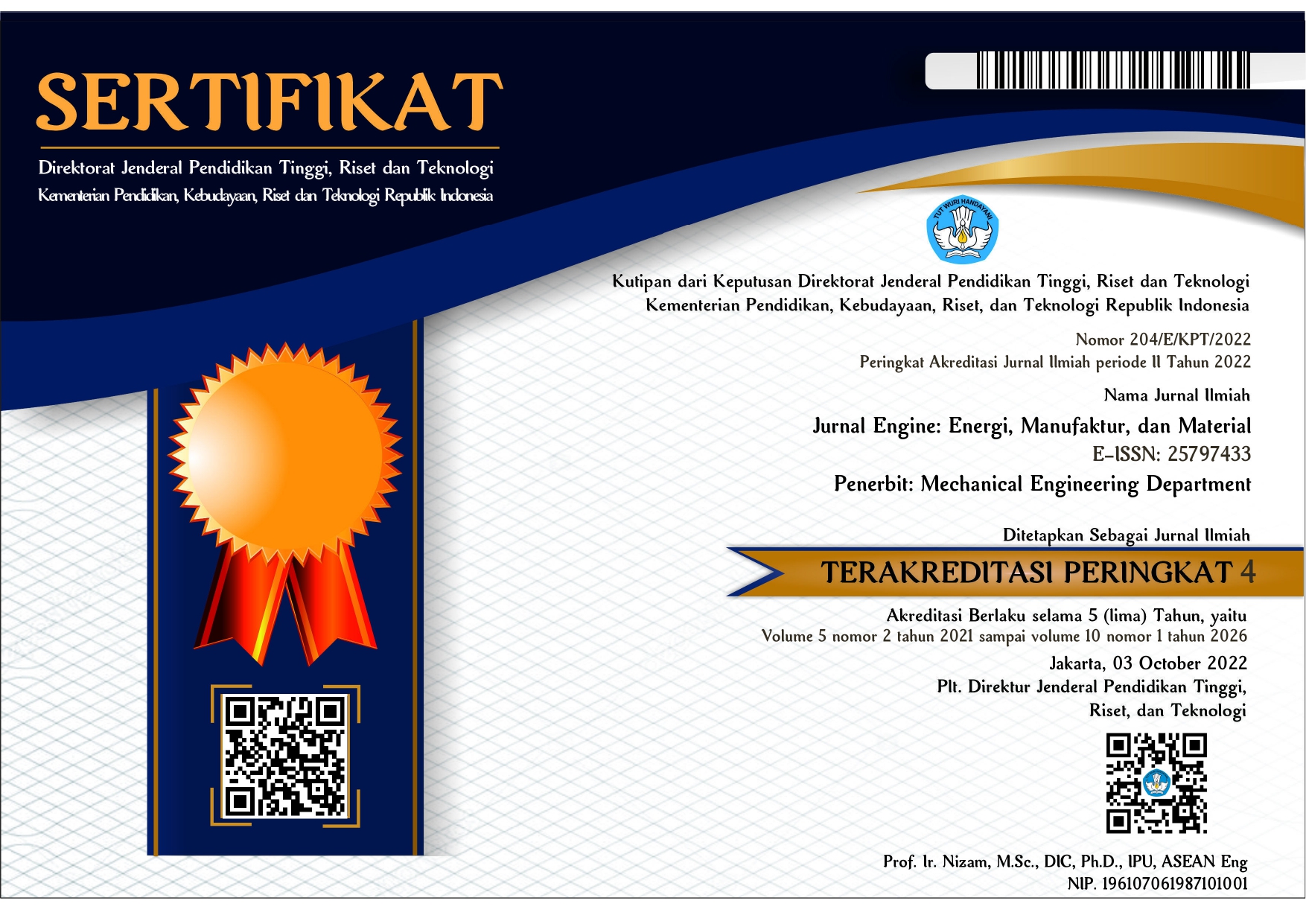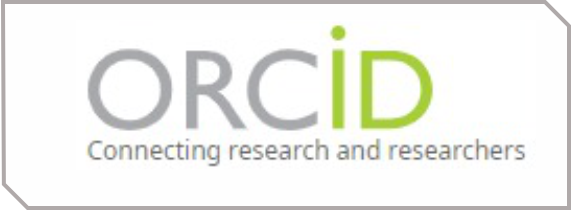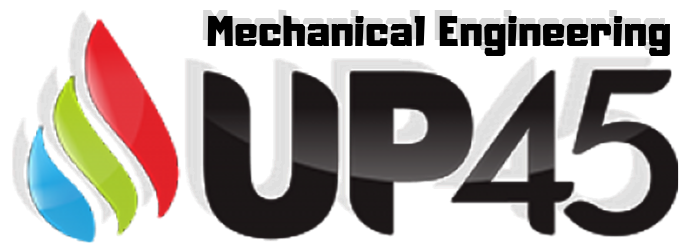Analisa Kecepatan Pengelasan dan Kecepatan Putar Mata Pahat terhadap Konduktivitas Listrik Sambungan Aluminium dan Tembaga Hasil Friction Stir Welding (FSW)
DOI:
https://doi.org/10.30588/jeemm.v3i2.536Keywords:
Al-Cu, friction stir welding, electrical conductivity, butt joint, aluminum, copperAbstract
The tool pin rotational speed and welding speed affect the electrical conductivity value of the Al-Cu connection. Al-Cu connection is a butt joint resulting from the friction stir welding (FSW) process. The material used is Al 6061 and pure copper. The friction stir welding (FSW) process uses a pin tool with a pin design that integrates with the pin tool and a three-degree angle. The purpose of this study was to determine the electrical conductivity value of the Al-Cu connection with the friction stir welding (FSW) process at the butt joint connection. The variables used in this study were pin tool rotation speeds of 800, 1000, and 1250 RPM and welding speeds of 10, 12.5, and 16 mm/min. Tests conducted in this study were macro structure testing, measurement of resistance values, and microhardness testing. Besides, an analysis of heat input and welding time is needed for each variable. The results of macro and XRD structure test results show that in the aluminum and copper connection, there are intermetallic compounds in the form of AlCu and Al2Cu. The results of the analysis state that the welding results with a welding speed of 12.5 mm/min are the most optimum variables. The welding process results in conductivity values ranging from 27.173 mΩ-1mm-2 and 28.09 mΩ-1mm-2. The presence of intermetallic compounds affects the conductivity value of the connection.
References
Abbasi, M., Taheri, A. K., & Salehi, M. T. (2001). Growth rate of intermetallic compounds in Al/Cu bimetal produced by cold roll welding process. Journal of Alloys and Compounds, 319(1-2), 233-241.
Al-Roubaiy, A. O., Nabat, S. M., & Batako, A. D. (2014). Experimental and theoretical analysis of friction stir welding of Al–Cu joints. The International Journal of Advanced Manufacturing Technology, 71(9-12), 1631-1642.
Alshemary, K. K. (2015). The Effect of Rotational Speeds on The Mechanical Properties of Dissimilar Friction Stir Welding for Commercially Pure Aluminium and Copper. Iraqi Journal of Mechanical and Material Engineering, 15(2), 117-126.
Barekatain, H., Kazeminezhad, M., & Kokabi, A. H. (2014). Microstructure and Mechanical Properties in Dissimilar Butt Friction Stir Welding of Severely Plastic Deformed Aluminum AA 1050 and Commercially Pure Copper Sheets. Journal of Materials Science & Technology, 30(8), 826-834.
Braunovic, M., & Aleksandrov, N. (1993). Effect of electrical current on the morphology and kinetics of formation of intermetallic phases in bimetallic aluminum-copper joints. Proceedings of IEEE Holm Conference on Electrical Contacts, 261-268.
Callister Jr., W. D., & Rethwisch, D. G. (2012). Fundamentals of materials science and engineering: An integrated approach. New Jersey: John Wiley & Sons.
Elangovan, K., & Balasubramanian, V. (2007). Influences of pin profile and rotational speed of the tool on the formation of friction stir processing zone in AA2219 aluminium alloy. Materials Science and Engineering: A, 459(1-2), 7-18.
Gueydan, A., Domengès, B., & Hug, E. (2014). Study of the intermetallic growth in copper-clad aluminum wires after thermal aging. Intermetallics, 50, 34-42.
Hu, Y., Chen, Y., Li, L., Hu, H., & Zhu, Z. (2016). Microstructure and properties of Al/Cu bimetal in liquid−solid compound casting process. Trans. Nonferr. Metal. Soc, 26, 1555-1563.
Kadian, A. K., & Biswas, P. (2018). The study of material flow behaviour in dissimilar material FSW of AA6061 and Cu-B370 alloys plates. Journal of Manufacturing Processes, 34, 96-105.
Khandkar, M., Khan, J. A., & Reynolds, A. P. (2003). Prediction of temperature distribution and thermal history during friction stir welding: Input torque based model. Science and Technology of Welding and Joining, 8(3), 165-174.
Liu, P., Shi, Q., Wang, W., Wang, X., & Zhang, Z. (2008). Microstructure and XRD analysis of FSW joints for copper T2/aluminium 5A06 dissimilar materials. Materials Letters, 62(25), 4106-4108.
Messler Jr., R. W. (2008). Principles of welding: Processes, physics, chemistry, and metallurgy. New Jersey: John Wiley & Sons.
Milčić,, M., Burzić, Z., Radisavljević, I., Vuherer, T., Milčić, D., & Grabulov, V. (2018). Experimental investigation of fatigue properties of FSW in AA2024-T351. Procedia Structural Integrity, 13, 1977-1984.
Muthu, M. F., & Jayabalan, V. (2016). Effect of pin profile and process parameters on microstructure and mechanical properties of friction stir welded Al–Cu joints. Transactions of Nonferrous Metals Society of China, 26(4), 984-993.
Ouyang, J., Yarrapareddy, E., & Kovacevic, R. (2006). Microstructural evolution in the friction stir welded 6061 aluminum alloy (T6-temper condition) to copper. Journal of Materials Processing Technology, 172(1), 110-122.
Sharma, N., Khan, Z. A., & Siddiquee, A. N. (2017). Friction stir welding of aluminum to copper-An overview. Transactions of Nonferrous Metals Society of China, 27(10), 2113-2136.
Silveria, V., & Mury, A. (1987). Analysis of the behavior of bimetallic joints (Al/Cu). J. Microstruct. Sci., 14, 277-287.
Xue, P., Ni, D., Wang, D., Xiao, B., & Ma, Z. (2011). Effect of friction stir welding parameters on the microstructure and mechanical properties of the dissimilar Al–Cu joints. Materials Science and Engineering: A, 528(13-14), 4683-4689.
Downloads
Published
How to Cite
Issue
Section
License
Authors who publish with Jurnal Engine: Energi, Manufaktur, dan Material agree to the following terms:
Authors retain copyright and grant the Jurnal Engine: Energi, Manufaktur, dan Material right of first publication with the work simultaneously licensed under a Creative Commons Attribution 4.0 International License that allows others to share (copy and redistribute the material in any medium or format) and adapt (remix, transform, and build upon the material) the work for any purpose, even commercially with an acknowledgment of the work's authorship and initial publication in Jurnal Engine: Energi, Manufaktur, dan Material. Authors are able to enter into separate, additional contractual arrangements for the non-exclusive distribution of the journal's published version of the work (e.g., post it to an institutional repository or publish it in a book), with an acknowledgment of its initial publication in Jurnal Engine: Energi, Manufaktur, dan Material. Authors are permitted and encouraged to post their work online (e.g., in institutional repositories or on their website) prior to and during the submission process, as it can lead to productive exchanges, as well as earlier and greater citation of published work (See The Effect of Open Access).


















